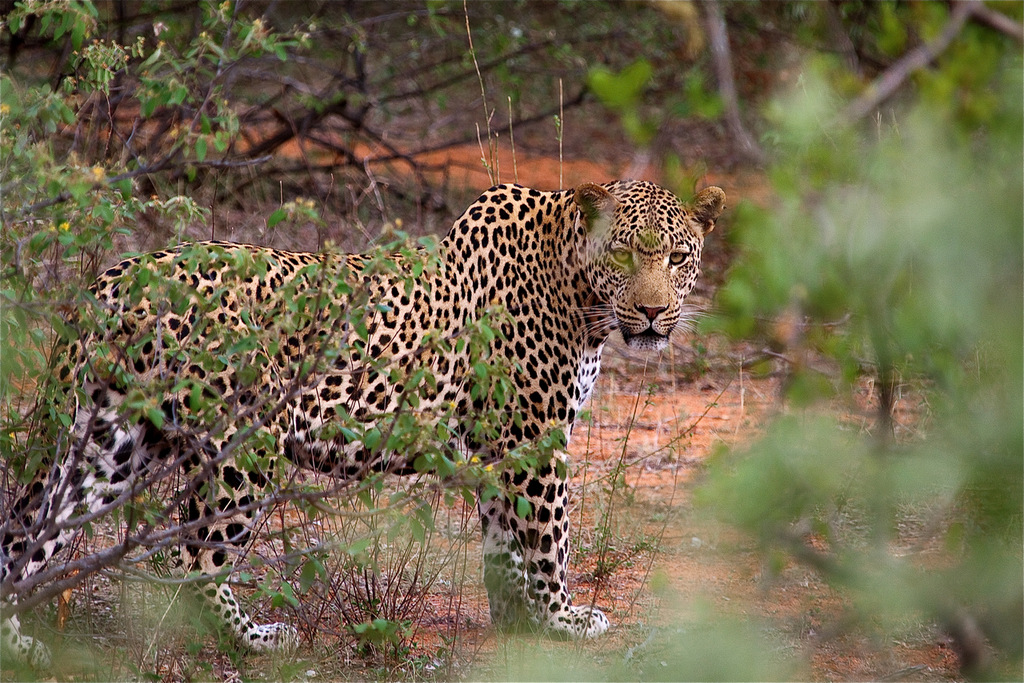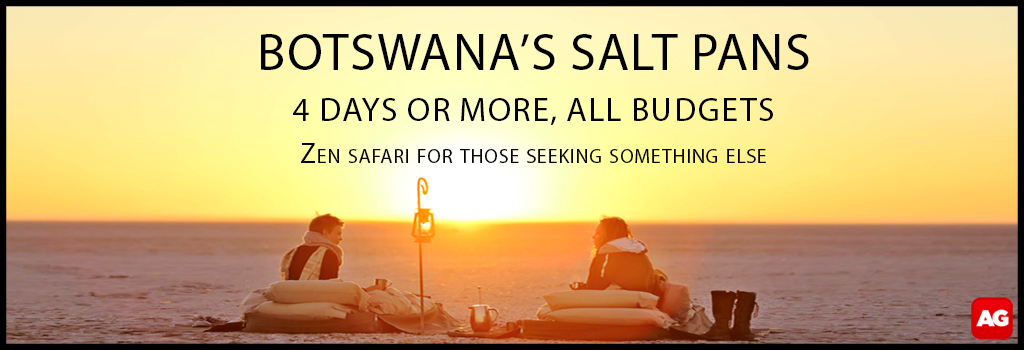
DECODING SCIENCE by AG Editorial
A recent report published in Oxford Academic by Trouwborst, Loveridge and Macdonald compares CITES hunting trophy export quotas for African range states to established benchmarks. The report concludes that leopard hunting quotas that have been rubber-stamped for decades by CITES are arbitrary and lacking in robust scientific basis and without regular adjustment. Further, the report suggests that CITES-approved leopard trophy hunting quotas are “fundamentally at odds with the principles of sustainable use, precaution and adaptive management”.
Editorial note: Many countries do not make use of their full CITES export quotas. For example, South Africa has access to a CITES export quota of 150 leopards (see table below), but in 2018 permitted a quota of seven leopards.
Here follows a summary of the report, titled ‘Spotty Date: Managing International Leopard (Panthera pardus) Trophy Hunting Amidst Uncertainty’. We encourage you to download and read the entire report.

There is a widespread but misplaced assumption that the conservation status of leopards is assured and, as a result, leopards do not enjoy the same level of conservation and research attention as do lions, tigers and snow leopards. Now that their numbers too are thought to be plummeting, researchers expect them to start receiving as much publicity as the other big cats.
There is a significant lack of hard data on leopard population numbers, often compensated for by optimistic ‘guesstimates’ and many stakeholders in sub-Saharan Africa rely on outdated population assessments from the late 1980s.
Leopards have been listed under Appendix 1 since the 1975 inception of CITES – which means that trade for primarily commercial purposes is forbidden. Legal international trade is limited to hunting trophies and skins under export quotas for range states, as defined in the table below. Of course, illegal trade remains a significant problem for leopard populations.

Quotas should be based on best available information, and be adjusted regularly to changing circumstances. They should reflect a sustainable leopard hunting offtake – not detrimental to the survival of the species, based on a science-based assessment and where harvests are well-managed and adaptive. Importantly, the process of setting quotas must be guided by the overarching ‘precautionary principle’: erring on the side of caution, especially in situations where scientific data is scarce. CITES quotas are not ‘targets’, and the full amount need not be met.
A closer look at CITES leopard quotas
The report touches on various countries, as examples of how leopard hunting quotas are determined, including:
1. Mozambique requested a quota of 120 leopards annually, based on an estimated countrywide population of 37,000 leopards. This estimate was derived from a 30-year-old prediction model created by Martin and De Meulenaar that assumes maximum densities across specific rainfall and vegetation types, and excludes critical factors such as prey availability and human-related pressures;
2. Tanzania and Namibia used the same model to increase their CITES quotas from 250-500 and 100-250 respectively significantly;
3. South Africa is the only African country where robust data is available – camera-trap surveys over the period 2013-2017 reflect an annual 8% decline in leopard populations. After years of unsustainable trophy hunting offtake and high pressure from illegal killing for traditional medicine and ceremonial purposes, South Africa has adopted an adaptive management framework by adjusting quotas annually based on population trends and only allocating quotas to areas with robust available data;
4. Ethiopia has an extraordinarily high CITES quota of 500 leopards when only five are hunted per year. The reason for that country’s request to retain the full CITES quota despite the demonstrated lack of available leopards possibly relates to politics and the lack of trust that most African countries have in the machinations of CITES. This situation (high quota, low available leopard population) is mirrored in other countries such as Zimbabwe, Zambia, Tanzania and South Africa.
The system does not work, so change it
The report suggests that continuation of the status quo is not an option, and indicates that the following are the three alternative ways forward:
1. Abandon the current CITES Council of Parties (COP) quota system and replacing it with a per-case permit system – an extremely bureaucratic system;
2. Retain a COP quota system, but scrutinise at every COP meeting – thus ensuring adaptive adjustments;
3. Abandon the current COP quota system, and each range state would set their own quota using a uniform blueprint based on ensuring sustainable offtakes.
The report notes that when it comes to being rigorous, science-based, precautionary, sustainable and adaptive, the approach recently introduced in South Africa seems to hold particular promise and could be instituted relatively cheaply by other countries.
Conclusion
The report concludes that “a science-based, precautionary and adaptive approach to quota-setting along the lines explored above could go some way to ensuring that trophy hunting of leopards and other species occurs sustainably even when the available information is spotty”.
Full report: Arie Trouwborst, Andrew J Loveridge, David W Macdonald (2019). Spotty Data: Managing International Leopard (Panthera pardus) Trophy Hunting Quotas Amidst Uncertainty. Journal of Environmental Law. https://doi.org/10.1093/jel/eqz032
To comment on this story: Login (or sign up) to our app here - it's a troll-free safe place 🙂.![]()
HOW TO GET THE MOST OUT OF AFRICA GEOGRAPHIC:
- Travel with us. Travel in Africa is about knowing when and where to go, and with whom. A few weeks too early / late and a few kilometres off course and you could miss the greatest show on Earth. And wouldn’t that be a pity? Browse our ready-made packages or answer a few questions to start planning your dream safari.
- Subscribe to our FREE newsletter / download our FREE app to enjoy the following benefits.
- Plan your safaris in remote parks protected by African Parks via our sister company https://ukuri.travel/ - safari camps for responsible travellers






